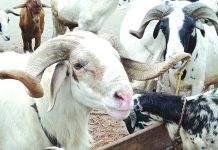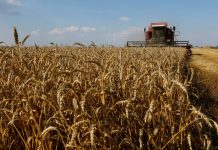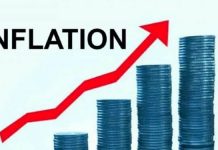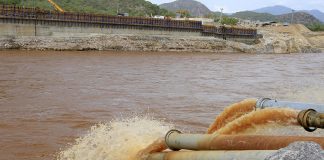The people of the Sahel are forging networks and collaborations that will help them contend with the challenges of insecurity and climate change that are besetting Africa’s most vulnerable regions.The Sahel is a vast semiarid region of Africa separating the Sahara desert to the north and tropical forests and savannas to the south, characterized by harsh weather and periodic drought. While in some geographical usages the Sahel may extend to the Red Sea, for political purposes the term most commonly refers to the countries of Senegal, Mauritania, Mali, Burkina Faso, Niger and Chad.
At a summit in Burkina Faso in mid-June to assess strategies for grappling with climate change, the presidents of Burkina Faso, Mali and Niger agreed on the need for wider cooperation among their countries.”Above all,” said President Roch Marc Christian Kaboré of Burkina Faso, “we must ensure the participation of local populations, because they’re the ones who live every day with the torments of drought and degraded land and water.”
Just a few days before the summit, civil society and religious leaders had met in Bamako, Mali, to promote religious tolerance in Sahelian states torn by armed conflict. And a few days later some 40 women parliamentarians from across the Sahel convened in Chad to promote women’s leadership in the prevention of violent extremism.
Much international attention toward the Sahel has concentrated on armed insurgency and terrorism, observes Leonardo Villalón, coordinator of the Sahel Research Group at the University of Florida in the US. But, he cautions, that focus is narrow and often superficial. The Sahel’s concerns are also environmental, political, demographic, and economic. The region’s security is itself “intricately interrelated with broader socioeconomic dynamics.”
With the collaboration of more than 40 other experts from Africa, Europe and North America, Professor Villalón is editing a book on the challenges facing the countries of the Sahel, The Oxford Handbook of the African Sahel, scheduled for publication by the UK’s Oxford University Press. The book will provide a comprehensive analysis of the many factors shaping the region today.From any angle, the Sahel’s challenges appear formidable.
The region, frequently struck by drought and food insecurity, is projected to be one of the areas most severely affected by global climate change in the coming years. With up to 80% of its people living on less than $2 a day, poverty is more widespread in the Sahel than in most other parts of Africa.
The Sahel’s population growth rate also is among the highest in the world. Experts project the six countries’ population of approximately 90 million people to jump to 240 million by 2050–a rapid increase that could undermine educational efforts, stretch already limited public services and leave more young people without job opportunities. Already unemployment afflicts half of all youths in Mali. Such circumstances, in turn, contribute to the risks of crime and violence.
Poor governance does not help. Most governments in the Sahel are formally democratic, but for many ordinary citizens, elections have not yielded tangible improvements, while bureaucratic corruption and favouritism remain common, observes Jean-Pierre Olivier de Sardan, who teaches in France and Niger. Those shortcomings, he says, have led to a “widening gap between the privileged class and the masses of the population.”
Improvements in official agricultural policies in the Sahel in recent years have contributed to an increase in farm production, especially food for growing populations. But most of these achievements depend heavily on the efforts of ordinary farmers and livestock herders.


















